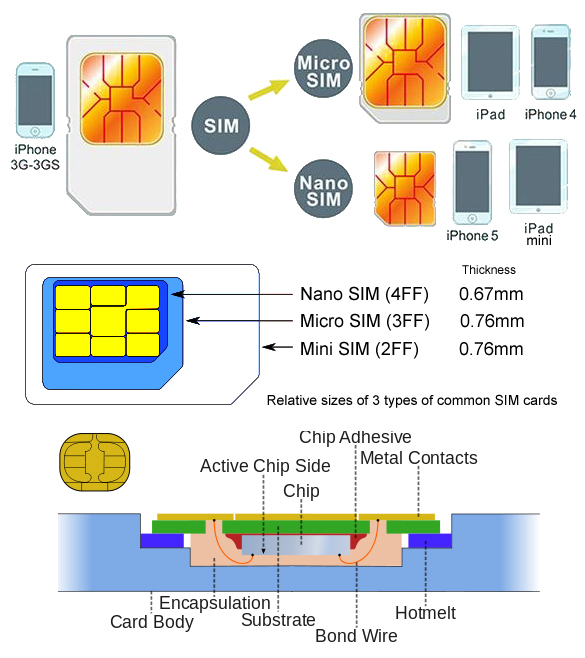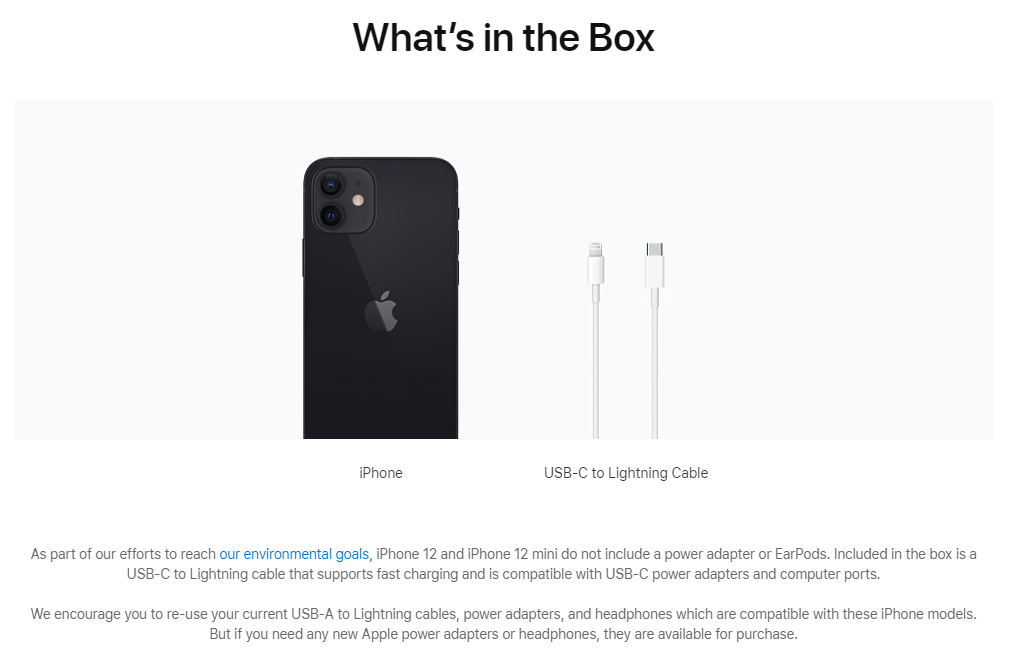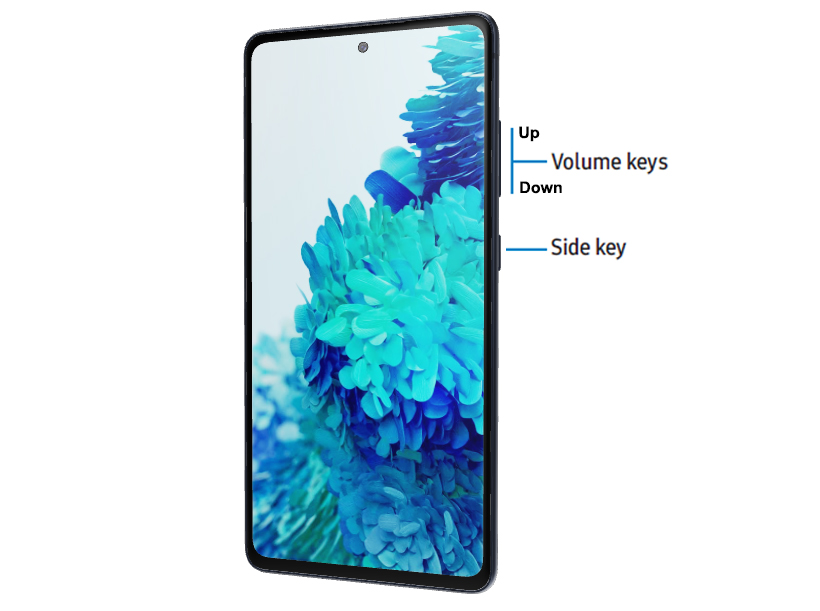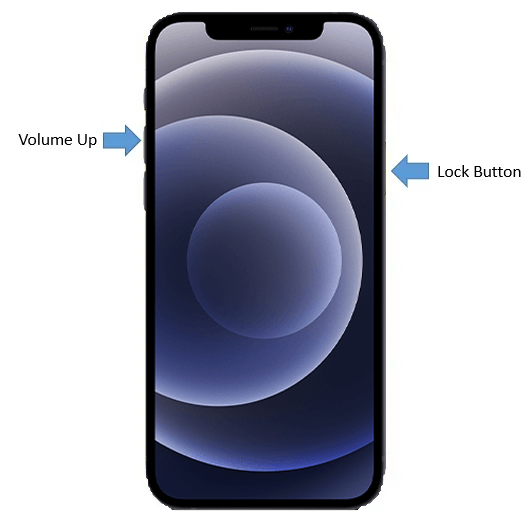If you are currently holding a mobile data plan but upgrading your mobile phone to a newer model, you may experience the need to “upgrade” to a newer SIM form factor. Typically, from a mini, you would move on to micro or nano depending on the new phone model. If you would like to save some money and not want to pay for a new SIM card, you could cut the SIM card to size. People had done it successfully, so I guess we could give it a try too.
I had cut my SIM card from mini to micro, it was successful. One thing to note when cutting the sim card, is to align the lines of the contacts so that it continues to be aligned to the contacts in the phone. Just be careful when cutting the plastic. If you are not confident, you could download this useful template by Christian von der Ropp from www.airportal.de/nanosim, print on an A4 paper, and following the dotting shapes and guide-lines to do the cutting. Beats our own vague estimations! =D
Tips for successful SIM “surgery”:
1) Make sure you are cutting the correct edges of the SIM card. If in doubt, refer and compare with the diagram above (in blue color), or use the template.
2) Use a very sharp pen knife/scissor for the cutting. Blunt edge can cause damage to the plastic and render poor fit when inserting into the phone.
3) Cut the plastic, not the metallic contacts unless the markings from template tells you so. As you can see from the above diagram, the metal contacts are pretty fragile, so please be gentle.
4) When inserting the newly-cut SIM card into the SIM tray or the SIM holder of the phone, do not force it in or pull it out forcefully. Use common sense: if it does not go in, figure out what the problem is. It could be the card is still not perfectly cut. Then trim slowly until the SIM card fits nicely.
Also to note, is that the nano SIM card, which is used by the newer phones such as iPhone 5, and iPad mini, is specified to be 0.67mm thick instead of 0.76mm as part mini or micro SIM. Most new phones should be built to accept the slight difference in the thickness, but if your phone is not tolerant of the differences in SIM card thickness, you may need to gently use a fine sandpaper to pare the thickness down a little bit.
The usual disclaimer applies – please do this at your own risks, I will not be responsible if your “surgery” ends up in a dead “patient”. Well, my rationale was that I had nothing to lose, since I had to move to a smaller SIM anyway 🙂 If you are less adventurous, perhaps a SIM adapter listed below would help you without the risk of failure 🙂






